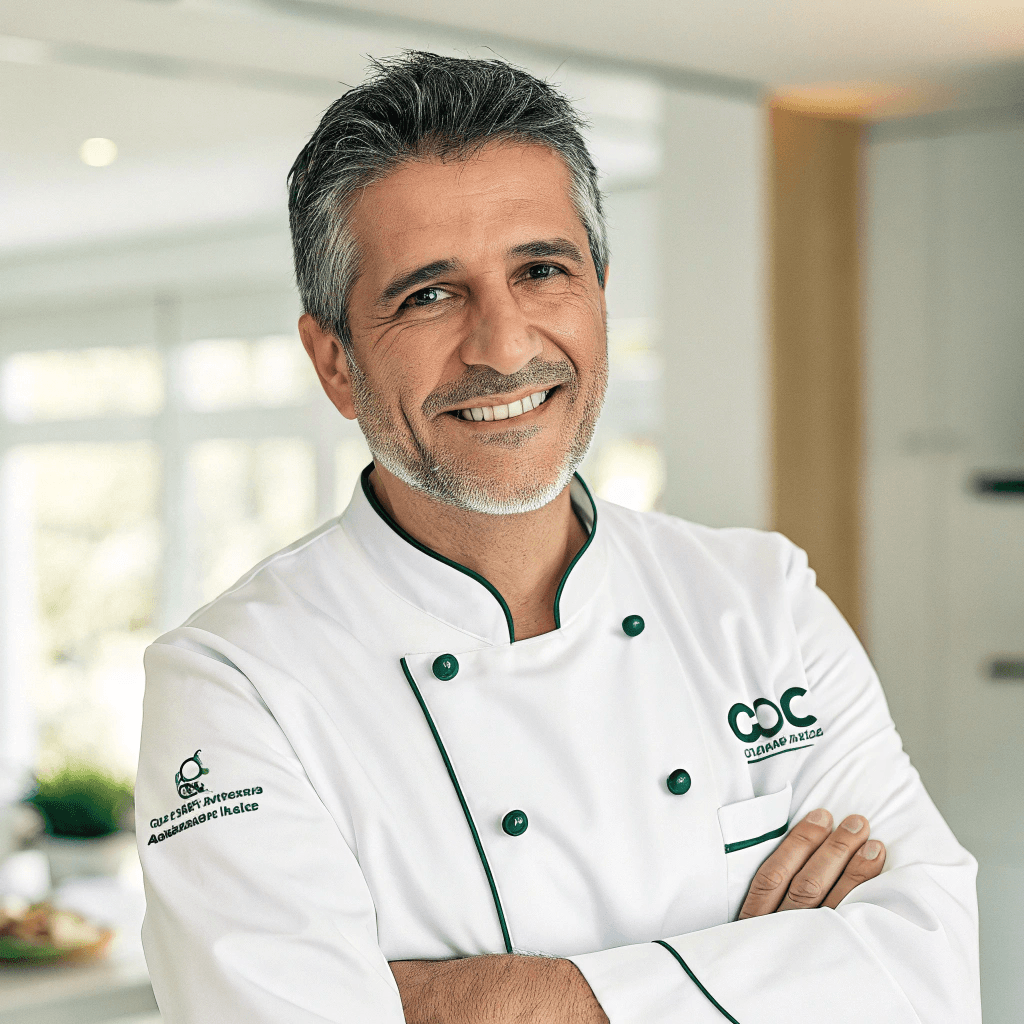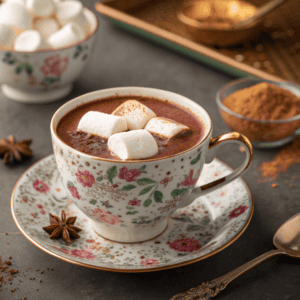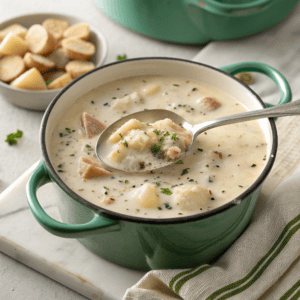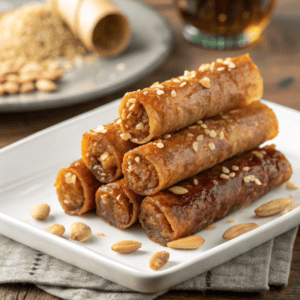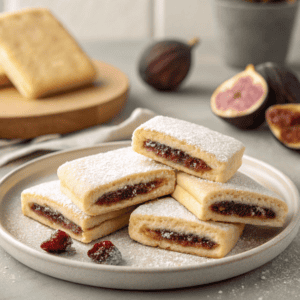If you’ve ever wondered about matcha latte caffeine levels compared to your usual cup of coffee, you’re not alone. This vibrant green drink has surged in popularity, but many people don’t realize how its caffeine content—and how it affects your body—differs from coffee.
In this article, we’re diving into the facts about matcha latte caffeine, from how much is in your cup to why it feels so different from a traditional brew. Whether you’re trying to cut back, stay energized without the crash, or just curious about what’s in your mug, we’ve got clear, honest answers ahead. Let’s break it down.
Table of Contents
My Journey with Matcha Latte Caffeine
A Morning Ritual with Matcha Latte Caffeine
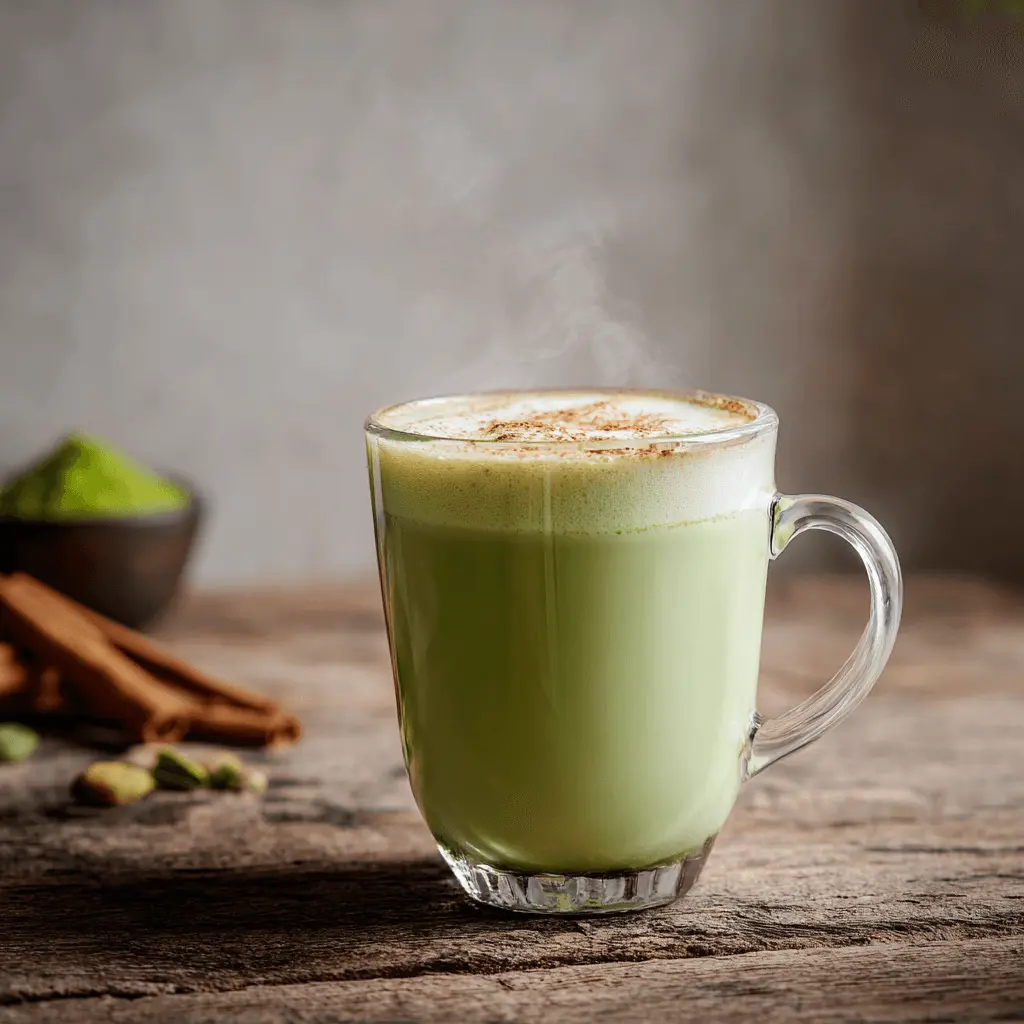
Back when I was still hauling freight across Texas, mornings started with truck stop coffee—strong, bitter, and enough to jolt you into the day. But after years of relying on that buzz, the crash always came. When I finally left the rig behind and settled outside Austin, I needed something different. That’s when my wife introduced me to matcha. She made me a homemade latte that was smooth, earthy, and—surprisingly—energizing. I didn’t get the jitters or that sudden spike like I did with coffee. It was calmer, more focused. That was my first real experience with matcha latte caffeine, and I’ve never looked back.
Matcha isn’t just a trend; it’s a shift in how we think about energy. It’s become my go-to morning ritual, whisked up in a warm mug while the house is still quiet. The more I drank it, the more I wanted to understand what made it so different. What’s really going on with matcha latte caffeine that gives you that balanced buzz without the crash?
Why Talk About Matcha Latte Caffeine Now?
These days, matcha’s not just in hip cafes—it’s in home kitchens, office thermoses, and gym bags. People are swapping their coffee habits for something that doesn’t leave them wired and drained. But with that shift comes questions: Is matcha latte caffeine high or low? Why does it make me feel more alert and relaxed? Is it actually better for anxiety?
We’re unpacking it all. And if you’re curious about the broader perks of matcha, don’t miss this guide on matcha green tea latte benefits. Now, let’s get into how this green powder packs a punch—without knocking you off your game.
Matcha Latte Caffeine vs Coffee
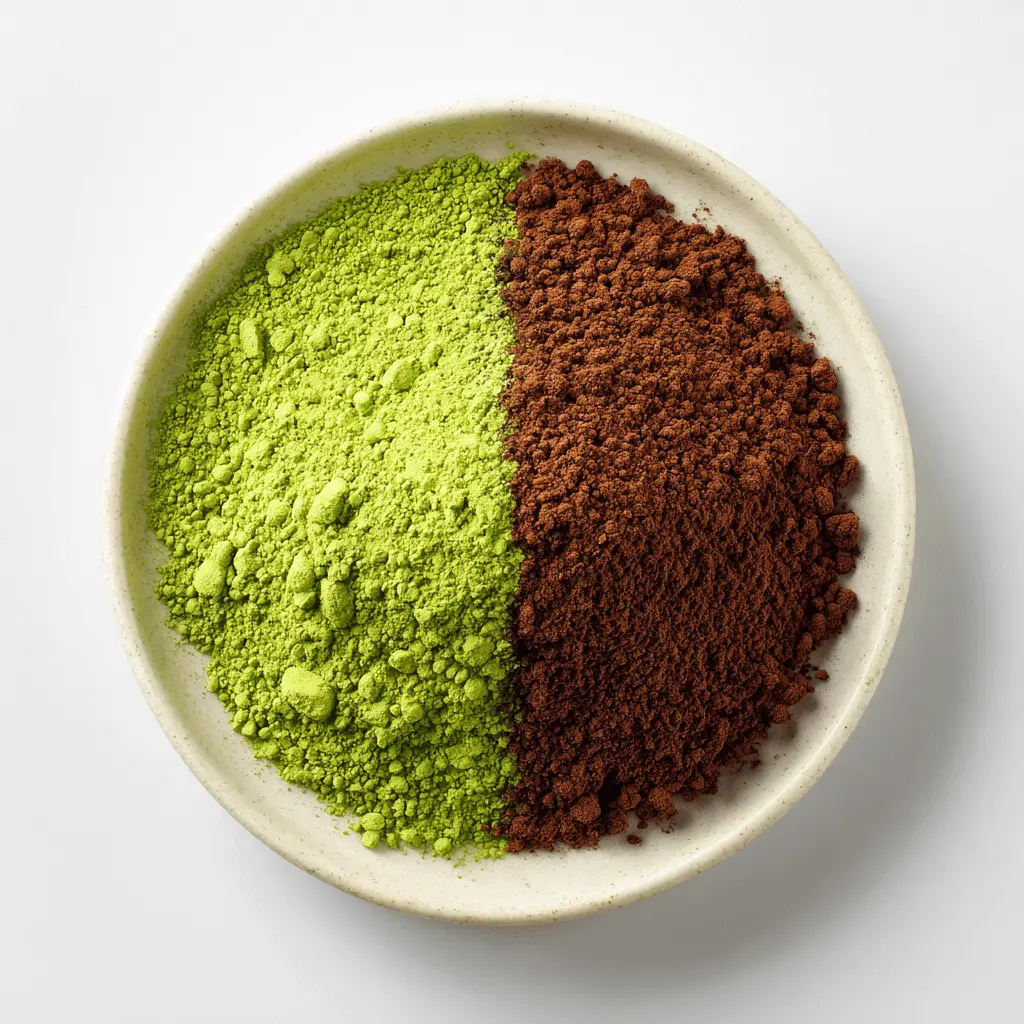
Is Matcha Latte High in Caffeine?
Let’s get straight to it—matcha latte caffeine content depends on how it’s made. On average, an 8 oz cup of matcha latte contains 30–70 mg of caffeine, while a regular brewed coffee clocks in at 95–120 mg. But don’t be fooled by the numbers alone. Matcha offers a slow-release energy thanks to its unique composition.
Unlike coffee, matcha contains L-theanine, an amino acid that works with caffeine to create a calm, sustained boost rather than a spike-and-crash. So while the caffeine may be lower, the effect often feels smoother and lasts longer.
Here’s a quick comparison:
| Beverage | Caffeine (per 8 oz) |
|---|---|
| Homemade Matcha Latte | 30–50 mg |
| Starbucks Matcha Latte | 55–80 mg |
| Brewed Coffee | 95–120 mg |
So, is a matcha latte high in caffeine? It can be—but it’s also much easier on your system. And that’s the key difference: how you feel after drinking it.
Why You Feel “High” After Matcha
Ever feel unusually alert, calm, or even euphoric after matcha? That’s not in your head. The combo of caffeine and L-theanine creates a “focused calm” that lasts for hours without anxiety or overstimulation.
Bullet-point breakdown of why matcha hits different:
- L-theanine slows caffeine absorption, preventing crashes
- Chlorophyll and antioxidants support sustained brain function
- No coffee acids, so no upset stomach or energy dips
Matcha & Mental Health Benefits
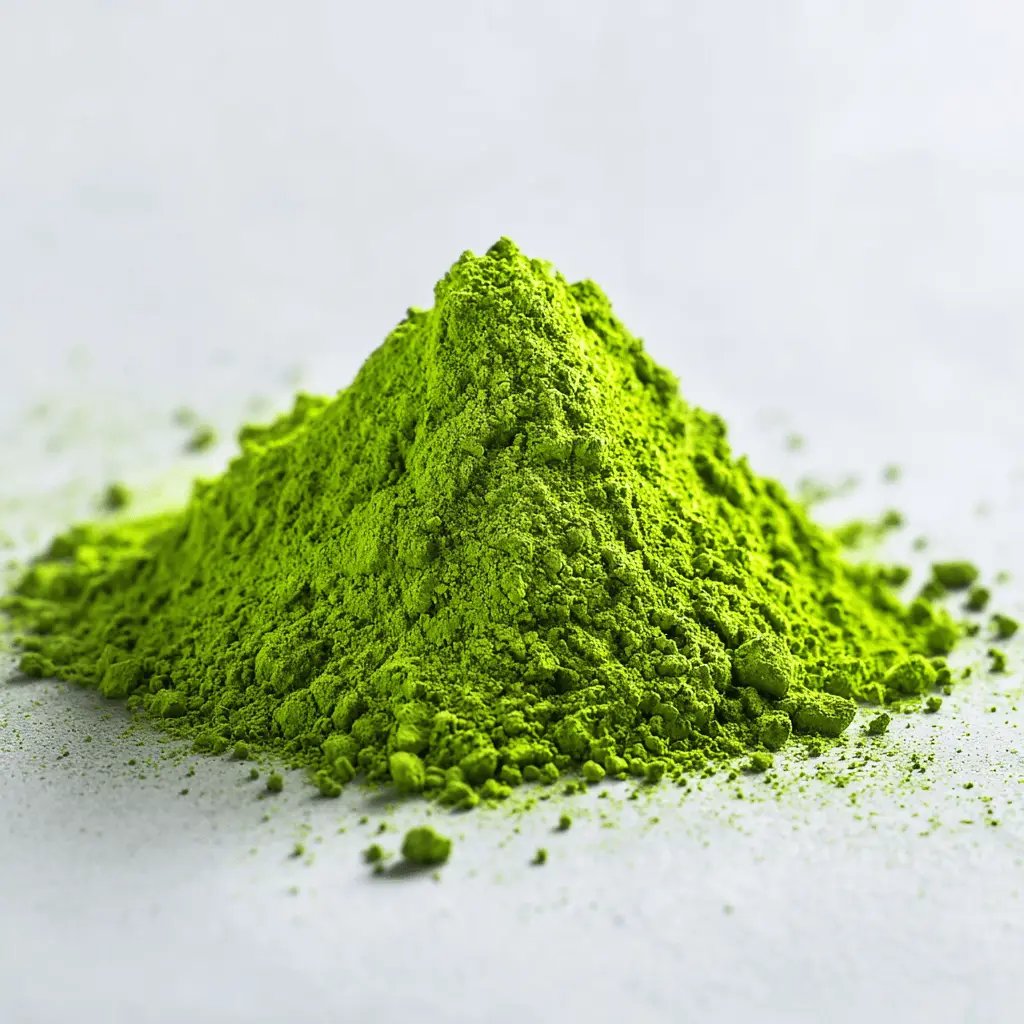
Is Matcha Better for Anxiety Than Coffee?
If coffee makes you anxious or jittery, you’re not alone. Caffeine sensitivity is common—and for many, it leads to nervous energy, not productivity. That’s where matcha latte caffeine offers a major edge.
Matcha doesn’t just contain less caffeine. It’s paired with L-theanine, a compound that promotes relaxation without drowsiness. When consumed together, L-theanine and caffeine create a balanced brainwave state, reducing anxiety while still keeping you alert. This synergy is why many feel more grounded and in control after a matcha latte compared to coffee.
Recent research shows that matcha may help:
- Lower cortisol levels, the stress hormone
- Reduce symptoms of social anxiety
- Improve mood regulation through increased dopamine and serotonin activity
So, is matcha better for anxiety than coffee? For most people, yes. It offers a gentler uplift that supports calm clarity, not racing thoughts. If you’re navigating high-stress days or struggling with energy crashes, matcha might just be the upgrade your nervous system needs.
Matcha for Focus & Calm
Beyond anxiety, matcha latte caffeine can actually help sharpen your mental edge. This is one reason why creatives, entrepreneurs, and even monks have used matcha for centuries—to stay both present and productive.
Studies suggest matcha improves:
- Attention span
- Working memory
- Reaction time
The result? You stay in your zone longer without burning out.
Want to go deeper into the brain-boosting benefits? Our article on matcha green tea latte benefits breaks down the science in simple terms. Whether you’re chasing flow state or just want a calm cup to start your day, matcha offers focus without the frenzy.
Matcha Latte Caffeine Breakdown
How Much Caffeine Is in a Starbucks Matcha Latte?
If you’ve grabbed a matcha latte at Starbucks and felt surprisingly wired, you’re not imagining it. The matcha latte caffeine content at Starbucks is on the higher end—and here’s why: they use a sweetened matcha blend, not pure ceremonial-grade powder. That blend is pre-measured and contains caffeine from both matcha and added sugar, which spikes absorption.
Here’s the breakdown of caffeine content in Starbucks matcha lattes:
| Size | Scoops | Approx. Caffeine (mg) |
|---|---|---|
| Tall (12 oz) | 2 | 55–60 mg |
| Grande (16 oz) | 3 | 75–80 mg |
| Venti (20 oz) | 4 | 90–100 mg |
Curious about what’s actually in it? We break it down fully in this Starbucks matcha latte guide.
Make a Healthier Matcha Latte at Home
Want the energy without the sugar spike? Making your own matcha latte gives you control over the matcha latte caffeine level, sweetness, and quality of powder.
Here’s how to make it better at home:
- Choose ceremonial grade for clean taste and clarity
- Use ½ to 1 tsp matcha depending on your energy needs
- Blend with hot water, steamed milk, and a touch of honey or maple
Full step-by-step is right here: How to make matcha latte.
Homemade matcha means:
- No additives
- Adjustable caffeine dose
- Real, lasting energy
It’s better for your body and your wallet. And once you’ve got your ratio right, you’ll never need the drive-thru again.
Frequently Asked Questions
Is a matcha latte high in caffeine?
Not exactly. A matcha latte generally has less caffeine than coffee but more than most teas. An average 8 oz cup contains 30–70 mg of caffeine, depending on how much powder is used. Compared to brewed coffee (which often ranges from 95–120 mg), it’s lower—but because matcha caffeine is paired with L-theanine, the energy feels smoother and lasts longer.
Why do I feel high after matcha?
That “lifted” feeling comes from the unique combination of matcha latte caffeine and L-theanine. The caffeine wakes you up, while the L-theanine promotes calmness. This combo enhances alpha brain waves, giving you alertness without stress. It’s a focused high, not a wired one.
Is matcha better for anxiety than coffee?
For many, yes. Coffee can spike cortisol and cause jitters. Matcha, however, offers caffeine without the crash, and its L-theanine component can reduce stress and improve focus. It’s especially beneficial if you’re prone to caffeine-induced anxiety or want steadier energy through the day.
How much caffeine is in a Starbucks matcha latte?
A Starbucks matcha latte contains about 55–100 mg of caffeine, depending on the size. Tall has around 55 mg, Grande about 80 mg, and Venti up to 100 mg. They use a sweetened matcha mix, which boosts both the flavor and caffeine’s impact. Full details are in our Starbucks matcha latte guide.
Conclusion : Clean Energy with Matcha Latte Caffeine
Matcha latte caffeine offers a clean energy source that supports both focus and calm. It’s not about giving up caffeine—it’s about choosing a better kind. You get alert without anxiety, stamina without the crash. Whether you’re cutting back from coffee or just curious about the green drink everyone’s talking about, matcha delivers.
If you’re ready to try it for yourself, skip the café line and make your own at home. It’s easier (and tastier) than you think—start with our how to make matcha latte guide. Here’s to caffeine that works with your body, not against it.
Want more hearty, feel-good recipes every day?
Follow us on Facebook and Pinterest for daily comfort food ideas, kitchen tips, and fresh takes on your favorites—served straight from our home to yours.

